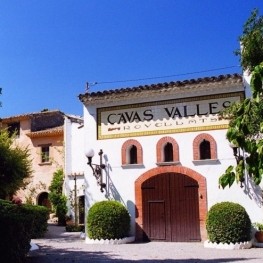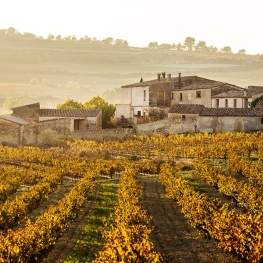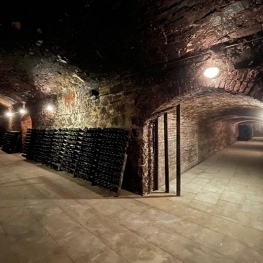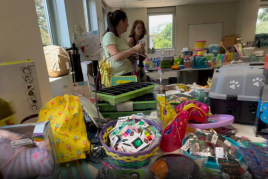Provides with the Catalan cava

The tradition of drinking cava in Catalonia has meant that we have some benchmark brands with a family lineage dedicated to business, and a sector that can boast of being km 0.
Cava was born, among other reasons, from the transformation of the penedesenc vineyard after the phylloxera invasion, around 1872. The change of varieties, with the introduction of white and quality vines to replace red varieties, made it possible to renew the wine industry.
The classic trilogy of varieties to make Cava is formed by the Macabeo, Xarel.lo and Parellada. Other foreign varieties have also been added, such as Chardonnay, Subirat or Malvasia riojana and the red varieties Garnacha, Monastrell, Pinot noir and Trepat, the latter two only authorized to produce rosé cavas.
Each of these varieties provides the wine with special characteristics that enhance and complement the properties of the others, and give rise to the practice of "busy".
Depending on the amount of sugar in the cava, it calls: Brut Nature: no added sugar; Extra Brut: up to 6 grams of sugar per liter; Gross: up to 15 grams; Extra dry: between 12 and 20 grams; Dry: between 17 and 35 grams; Semi-dry: between 33 and 50 grams; Sweet: more than 50 grams.
Most of the cava production is made in Alt Penedès, although it is also done in Baix Penedès, Alt Camp, Alt Empordà, Anoia, Bages, Baix Llobregat, Conca de Barberà, Garraf, Maresme, La Selva and Tarragonès.
Deals and offers
Featured
Celler Canals i Munne
Sant Sadurní d'AnoiaVisit Canals & Munne and discover the magical process of making our…
Cava Rovellats
Sant Martí SarrocaVisiting the Cava Rovellats winery means learning about the history of a…
Vins El Cep
Sant Sadurní d'AnoiaCan Llopart de les Alzines, an estate dating from 1499 and surrounded…




























